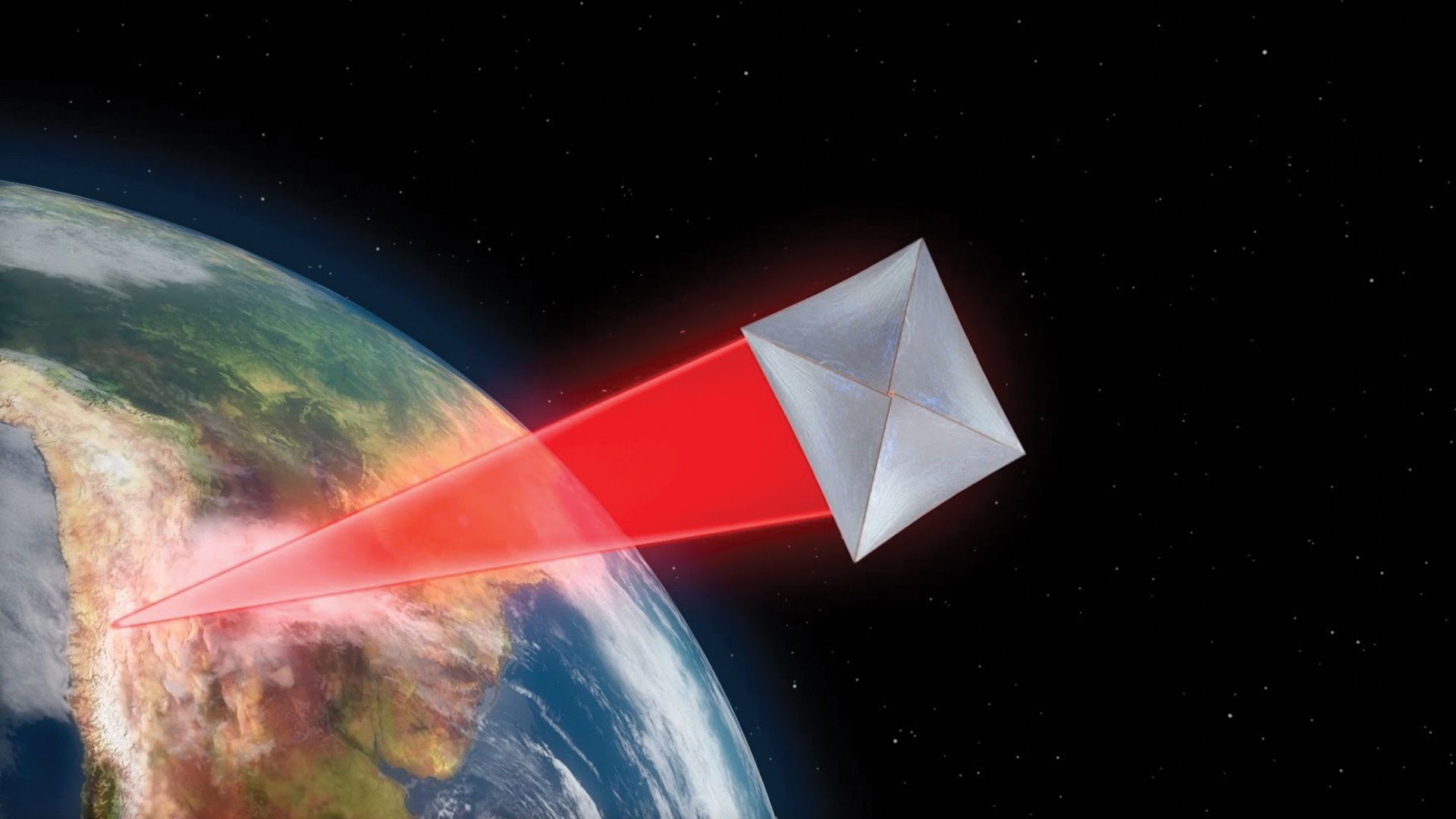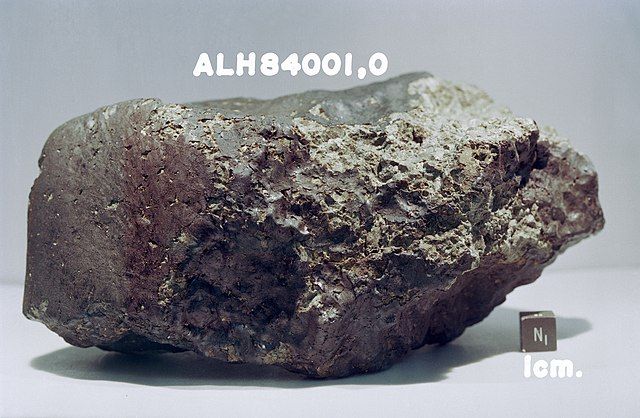
🌠 Starshot could spread life to other star systems
Project Starshot aims to send tiny spacecraft to our closest star system, Alpha Centauri at a speed of 20% of light speed. This opens the possibility of also sending life into space.
Share this story!
Voyager 1 is the human-made object that has traveled farthest from Earth. At a speed of almost 16 kilometers per second, it left the solar system in August 2012.
Impressive speed, but not very useful if we want to visit the closest star, Alpha Centauri. Over four light-years away, it would take a spacecraft with the same speed as Voyager 2 about 80,000 years.
To get there faster we need some science fiction: Nano-spacecraft and giant lasers.
Science fiction becomes science fact
Together with Stephen Hawking the Russian billionaire Yuri Milner (named after Yuri Gagarin) founded the Breakthrough Initiative. In their project Starshot they aim to build miniature ultra-light space probes - nanocrafts - and attach them to light-sails.
These spacecraft will be launched into orbit on a regular rocket, but then several giant lasers on Earth will hit the sail with their beams and accelerate the spacecraft up to a speed of 20 percent of the speed of light.
That means they will reach Alpha Centauri in about 20 years.
This is easier said than done, and they will need to accelerate technology in many different fields:
- Building a ground-based kilometer-scale light beamer at high altitude in dry conditions.
- Generating and storing a few gigawatt hours of energy per launch.
- Launching a 'mothership' carrying thousands of nanocrafts to a high-altitude orbit.
- Taking advantage of adaptive optics technology in real-time to compensate for atmospheric effects.
- Focusing the light beam on the lightsail to accelerate individual nanocrafts to the target speed within minutes.
- Accounting for interstellar dust collisions en route to the target.
- Capturing images of a planet, and other scientific data, and transmitting them back to Earth using a compact on-board laser communications system.
- Using the same light beamer to receive data from nanocrafts over four years later.
No dealbreakers says the experts
Milner has gathered some great minds to work on this project, like Pete Worden, former Director of NASA Ames Research Center, Steven Chu, Nobel Prize winner and Freeman Dyson, Princeton Institute of Advanced Study.
They've made a study of the concept and found no deal breakers, nothing they think can't be solved in the near future.
Imagine them solving all the engineering challenges, launching the probes, reaching Alpha Centauri and starting sending home information about that star system. So far we know of two planets, Proxima Centauri B and C. I'm sure these probes will find more planets and also some moons. Proxima Centauri B is in the habitable zone, and close up pictures of it will be super exciting to see.
This opens the possibility of also sending life into space.
Sending life into space
Instead of cameras, we could send nanorobots. Earlier this year scientists created living robots, a living, programmable organism. They called them Xenobots, from the frog cells (Xenopus laevis) used to make them.
If we in 30 years could send living robots to Proxima Centauri B, life would have spread beyond Earth.
When you start thinking of that, your mind boggles.
But if you really want to blow your mind, start thinking about life on Earth.
Sending life to Earth
We still don't know how life emerged here.
There are several theories, one being that bacterial life arrived on a meteorite that crashed into Earth. We know fragments from other planets, like Mars, have been thrown into space and reached Earth. For a while, scientists thought they'd found proof of life on Mars on a rock that reached Earth.

But what if life didn't crash-land on a meteorite and instead was sent here by intelligent life from another star system? If we could potentially do that in 30-40 years, what says someone else couldn't have done it before?
I'm not saying this happened, just that is a possibility.
And just that thought at least, blows my mind.
By becoming a premium supporter, you help in the creation and sharing of fact-based optimistic news all over the world.


